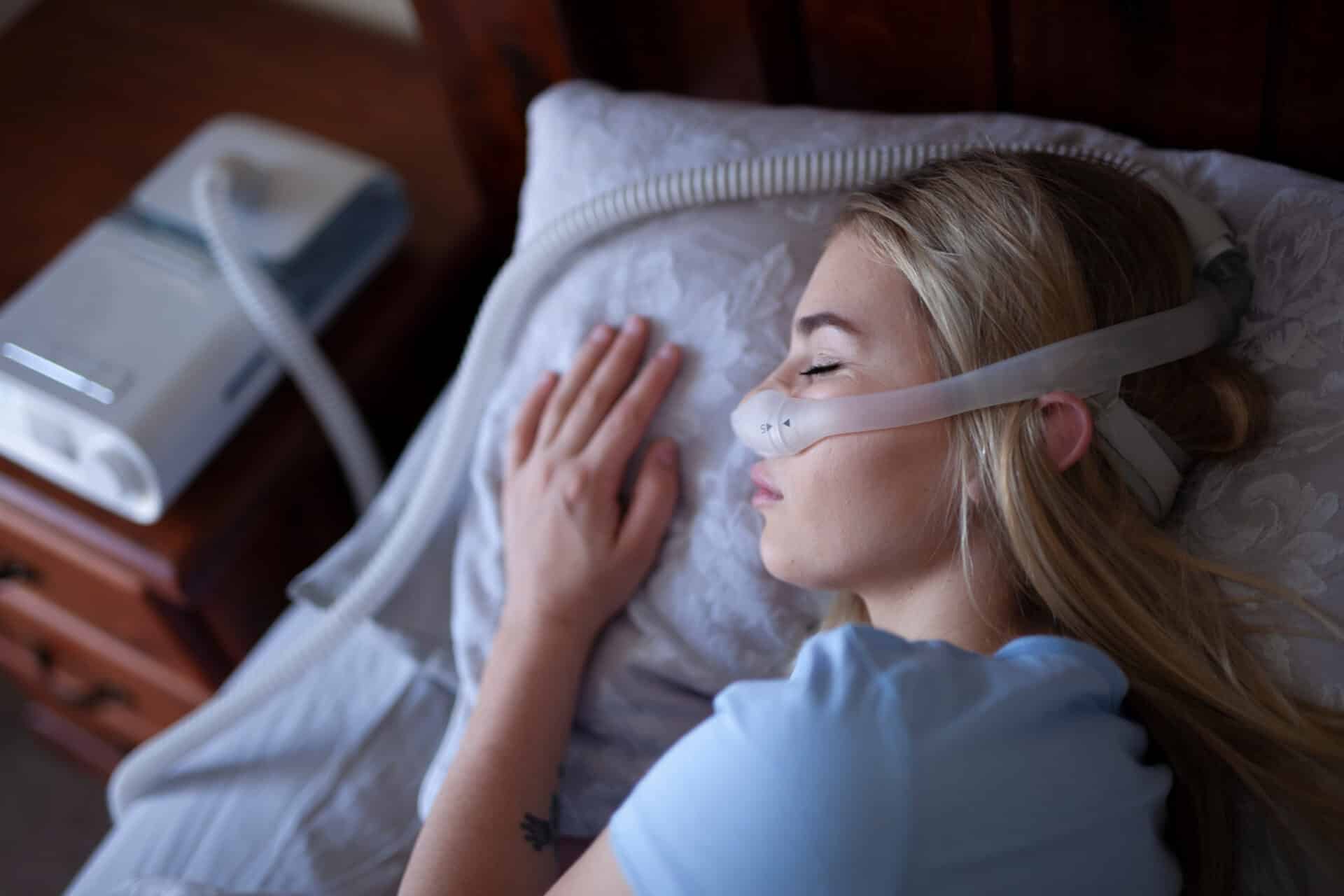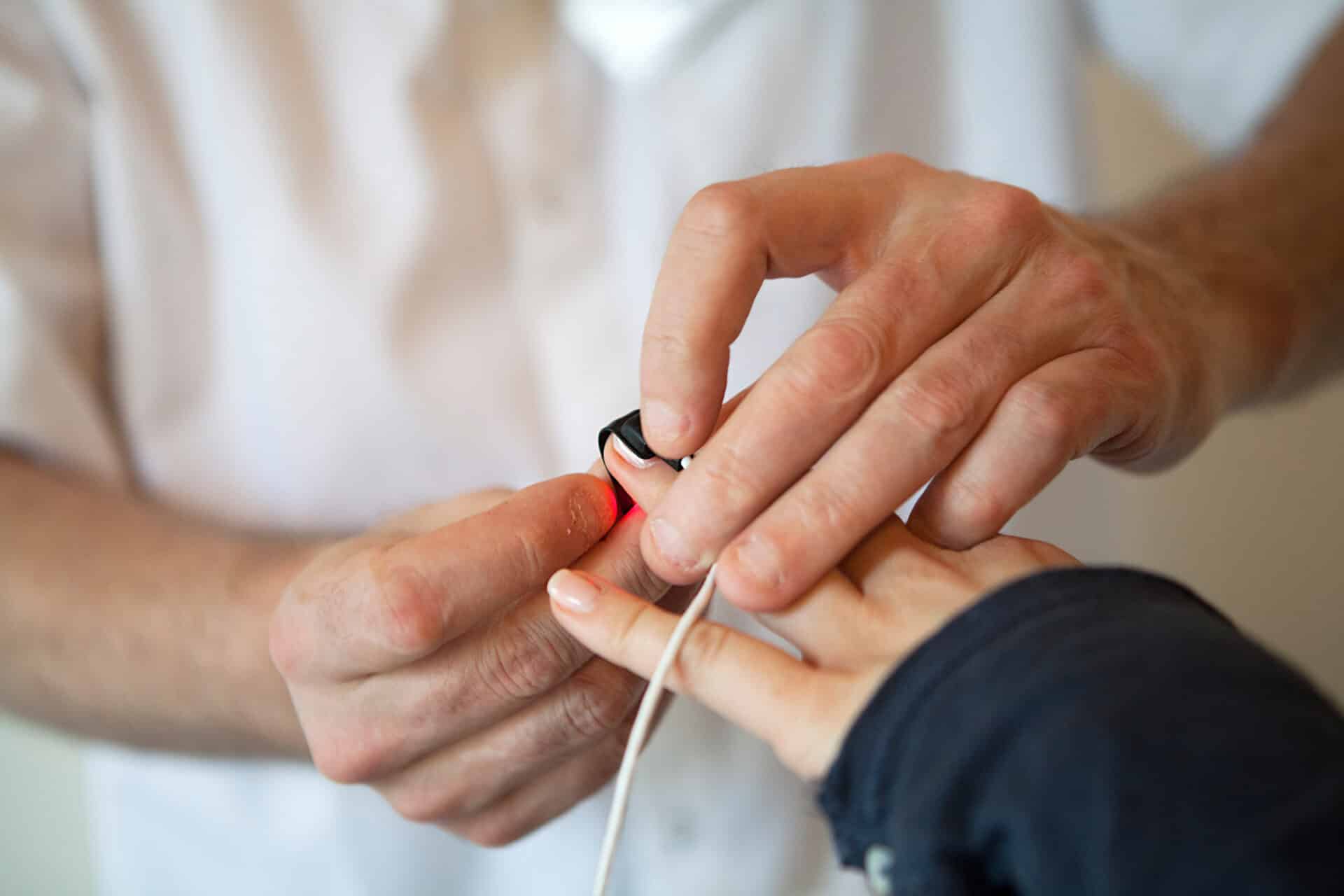Find Peace and Stillness

Restless Legs Syndrome Treatment
You’re lying down, ready for a good night’s sleep, when you feel the sudden, strong urge to move your legs. You reposition yourself to satisfy the urge and get comfortable – only for the sensation to return.
Restless legs syndrome (RLS) is a neurological condition that causes discomfort and an unexplainable need to move your feet and legs. These sensations are usually strongest right before falling asleep or during long periods of inactivity.
Affecting an estimated 5-10% of the US adult population and 2-4% of children in the country, RLS is one of the most common sleep disorders.
Restless Legs Syndrome Treatment Options from Sleep Practitioners
Our first step in treating RLS is to determine if lifestyle changes can reverse the condition. In many cases, increasing iron intake, more effectively managing diabetes, or changing routine medications may help prevent feelings of restlessness at bedtime.
If lifestyle changes aren’t working or if lifestyle risk factors aren’t present, then we may be able to prescribe any of several restless legs syndrome treatments that have been shown to reduce the symptoms of RLS. Medicines that can treat RLS include:
- Anticonvulsive medications like gabapentin and pregabalin
- Muscle relaxants and sleep medications
- Other options including, in rare cases, opioids
Put Your Legs at Rest, Put Yourself at Rest. Sleep Practitioners Can Help.
Contact your primary care physician for a referral, or contact us for more information.
What Is Restless Legs Syndrome?
Restless legs syndrome is marked by sudden, unexplained feelings of discomfort in the lower extremities. This discomfort usually takes the form of an urge or a compulsion to kick, stretch, rub, or otherwise move the legs.
In mild cases, these sensations come and go quickly and may only result in minor disturbances to someone’s sleep health. More severe cases can seriously hamper the patient’s ability to sleep, sometimes resulting in five or fewer hours of sleep a night. In the most severe cases, sensations may extend upward from the legs into the arms and upper body.
While the most common description of the discomfort caused by RLS is vague, some sufferers have described it as being similar to:
- Leg cramps
- Numbness
- Itching
- “Creepy” or “crawling” sensation
- Throbbing
- Pins and needles
What Causes Restless Legs Syndrome?
There are dozens of potential causes for RLS, and some cases are idiopathic – the cause is unknown. Among the known causes for RLS are:
- Low iron, which can cause issues with communications between brain cells
- Diabetes, which can damage nerves and blood vessels in the leg muscles
- While the exact mechanism is unknown, kidney failure is a known risk factor for RLS
- Pregnant women will often experience RLS until about a month after the birth
- Some medications can cause or worsen RLS:
- Allergy medications
- Antidepressants
- Over-the-counter sleep aids
- Dopamine-receptor antagonists, such as many anti-nausea medications
Let Sleep Practitioners Help You Get Better, Restful Sleep.
Contact your primary care physician for a referral, or contact us for more information.










